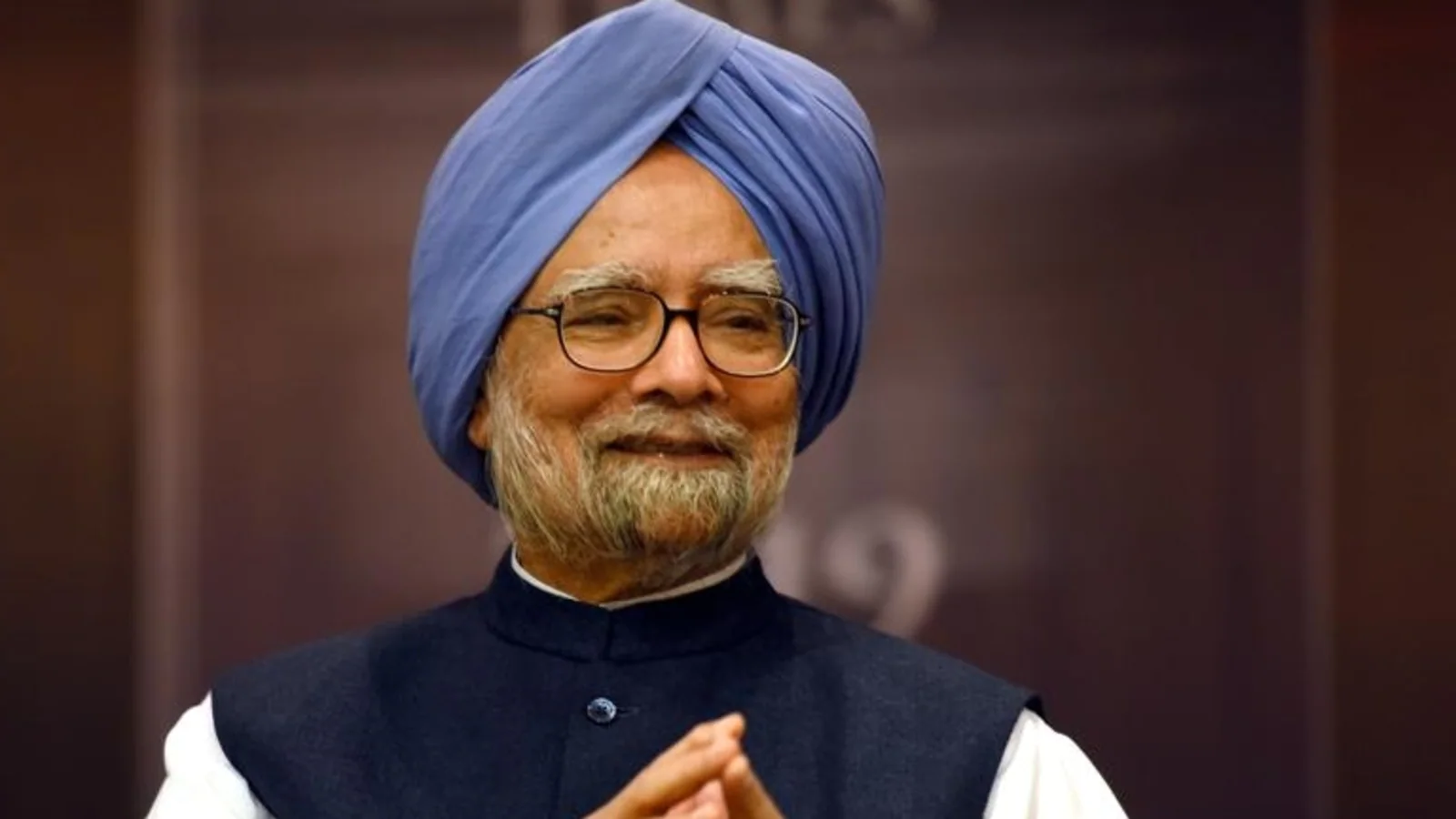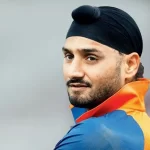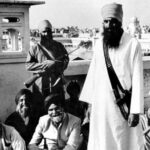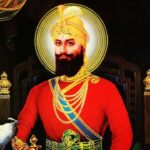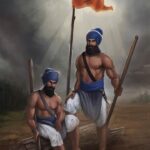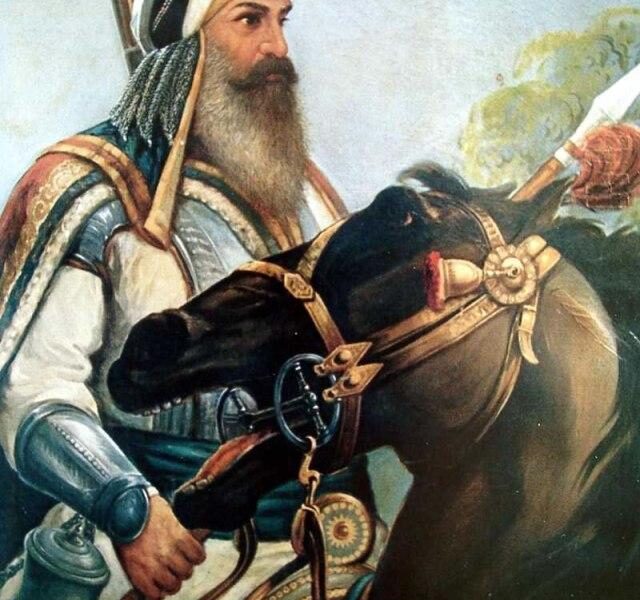Manmohan Singh (Punjabi: [mənˈmoːɦən ˈsɪ́ŋɡ] (listen); born 26 September 1932) is an Indian economist and politician who was the 13th Indian prime minister from 2004 to 2014. Gandhi. A member of the Indian National Congress, Singh was the first Sikh prime minister of India. He has also become the first prime minister since Jawaharlal Nehru was re-elected after completing a five-year term.
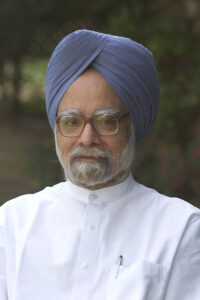
Born in Gah, West Punjab, in what is now Pakistan, the Singh family moved to India during their 1947 divorce. After earning his doctorate in economics at Oxford, Singh worked for the United Nations from 1966-to 1969. He then began his administrative career when Lalit Narayan Mishra appointed him as a consultant in the Department of Trade and Industry. In the 1970s and 1980s, Singh held several important positions in the Government of India, such as the Chief Economic Adviser (1972-1976), Governor of the State Bank (1982-1985), and head of the Planning Commission (1985-1987).
In 1991, as India was facing a major economic crisis, the newly elected prime minister, P. Over the next few years, despite fierce opposition, made several structural changes that liberated the Indian economy. While these measures have proved to be effective in preventing the crisis, and have enhanced Singh’s reputation worldwide as a leading reformer, the ruling Congress Party did not fare well in the 1996 general election. Later, Singh became the leader of the opposition party in Rajya Sabha (upper house of the Indian Parliament) during the Atal Bihari Vajpayee government of 1998-2004.
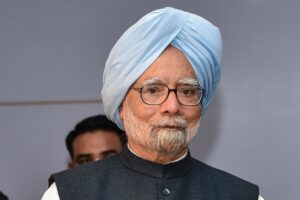
In 2004, when the United Progressive Alliance (UPA) led by Congress came to power, its chairman Sonia Gandhi abruptly resigned as Prime Minister in Singh. Her first department has developed several important laws and projects, including the National Rural Health Mission, the Unique Identification Authority, the Home Employment Certificate program, and the Right to Information Act. In 2008, opposition to a historic nuclear deal with the United States almost led to Singh’s government collapse after Left Front parties withdrew their support. Although India’s economy was growing rapidly under UPA I, its security was threatened by several terrorist incidents (including the 2008 Mumbai attacks) and the continued Maoist uprising.
In the 2009 general election, the UPA came back with more work, while Singh retained the office of Prime Minister. Over the next few years, Singh’s second administration faced several corruption cases in the 2010 Commonwealth Games, a 2G spectrum redistribution case, and a coal-fired block distribution. After the end of his term in 2014, he withdrew from the race for the post of Prime Minister of India during the 2014 Indian national elections. Singh has never been a member of Lok Sabha but has served as a member of Rajya Sabha, representing the state of Assam from 1991 to 2019 and Rajasthan from 2019. Chided as a result of his misconduct as prime minister, his popularity has grown since 2019. he came out of the position.
Early life and education
Singh was born to Gurmukh Singh and Amrit Kaur on September 26, 1932, in Gah, Punjab, British India, into a Sikh family. She lost her mother at a young age and was raised by her paternal grandmother who was very close to her.
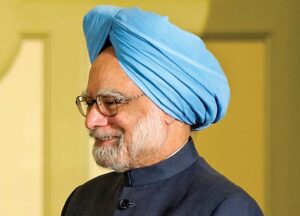
After the separation of India, his family moved to Amritsar, India, where he studied at Hindu College, Amritsar. he received his bachelor’s and master’s degrees in 1952 and 1954, respectively, and excelled in all his academic work. He completed his Economics Tripos at the University of Cambridge in 1957. He was a member of St John’s College.
In a 2005 interview with British journalist Mark Tully, Singh said of his Cambridge days:
I began to realize the creative role of politics in shaping human affairs, and that I especially owe to my teachers Joan Robinson and Nicholas Kaldor. Joan Robinson was a brilliant teacher, but he also tried to arouse the curiosity of his students in a way that few could ever reach. He asked me many questions and made me think of something I could not have imagined. He made the definition of the left wing of Keynes, concluding that the state must play a major role if it wants to integrate development and social equity. Kaldor was even more influential; I found her pragmatic, shiny, and refreshing. Joan Robinson was very fond of what was happening in China, but Kaldor used Keynesian analysis to show that capitalism could be made more effective.
After Cambridge, Singh returned to India and worked as a lecturer at Panjab University. In 1960, he went to Oxford University with his DPhil, where he was a member of Nuffield College. His 1962 medical dissertation under the direction of I.M.D. The minority was entitled “India’s export performance, 1951-1960, export prospects and policy implications”, and later became the basis of his book “India’s Export Trends and Prospects for Self-Sustained Growth”.
Facts about Manmohan Singh
Unable to read Hindi
Although Manmohan Singh can speak Hindi, he cannot read the language text. While leading the country his speeches were written in Urdu because he has the same talent. At a time when many provinces in Southern India are speaking out against Hindi enforcement, it is interesting to note that the former Prime Minister of the North India region also did not know the language well.
Rahul Gandhi Defends His National Vision at Cambridge University, Says India is a United Nations.
Rahul Gandhi will be working with students at Cambridge University
He is shy as a student
If you look at how quiet Manmohan Singh is today, one can hardly believe he was as shy as a student. Even while studying at the prestigious Cambridge University, Manmohan was a quiet and relaxed man. In an interview with Mark Tully of the BBC’s Cambridge Alumni Magazine, he revealed that while at Cambridge University, he often got up in the morning to take a cold shower at 4am because he was too shy to wash his long hair and needed privacy. .
His mother died soon afterward
Manmohan Singh lost his mother at a young age. She was raised by her grandmother who cared for her and raised her. They lived in Gah, a village in the Punjab, now part of Pakistan.
There is no electricity in the first 12 years
He lived in the village of Gah for the first twelve years of his life. The city had no electricity, running water or school. Manmohan Singh used to walk many miles to his distant school. Since there was no electricity, she read in the light.
